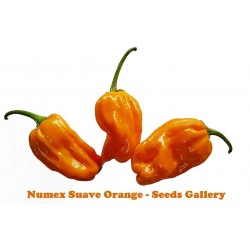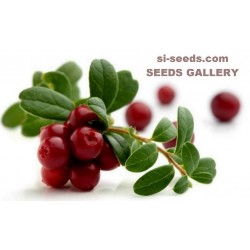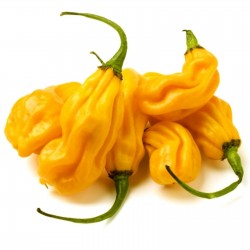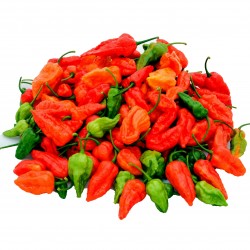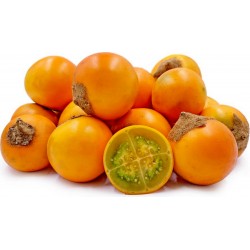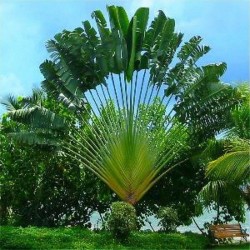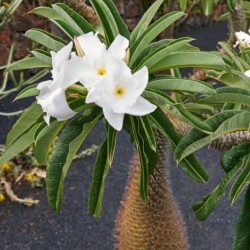
Σπόροι Blue Rose
Τιμή
2,50 €
SKU: F 5
Seeds Gallery Com,
5/
5
<h2><span style="font-size:14pt;"><strong>Σπόροι Blue Rose</strong></span></h2>
<h2><span style="color:#ff0000;font-size:14pt;"><strong>Τιμή για το πακέτο των 5 σπόρους.</strong></span></h2>
<div>Extremely beautiful and still rare Blue Rose Seeds.</div>
<div>① Put seeds into 40° C water for 24 hours.</div>
<div>② Put seeds into very wet sands for germination. ( Generally it take more than 40 days. )</div>
<div>③ Move it into soil after it sprouts.</div>
<div>Germination temperature: 20-25℃</div>
<div>Germination time: 40 days</div>
<div>Growth optimum temperature: 10-25 ℃</div>
<div>Spacing : 20 * 20cm</div>
<div>Rose on soil not ask for much, just with some humus soil aggregate</div>
<div>structure be good training as long as the following three links will make good growth: </div>
<div>Rose is afraid of:</div>
<div>
<p>① Rose is drought tolerant plants, but it is afraid floods. It is necessary use non-glazed bonsai pots of soil cultivation. The principle is "do not pour water on it when soil is not dry. Wet it completely when you pour water on soil."</p>
</div>
<div>② Lend a high concentration of fertilizer (especially fertilizers) will result in the death of local rot.</div>
<div>③ All plants need sunlight. Rose like sunshine too.</div>
<div>Note: </div>
<div>1. Please seeds stored in a cool, dry place. </div>
<div>2. The seed surface is 1-2 times the diameter of the seed.</div>
<div>3.Our seeds are very easy to cultivate and the survival rate is very high. </div>
<div>Cover seeds with preservative films,and then,piercing the films to make several holes. Keep seeds covered in the daytime and uncover it in the night. Take off the preservative films when the seeds are half-germinated. The plant will be in a state of dormancy in summer and the leaves will turn yellow. Begginers should better use sand to cultivate the seeds.although the seeds will grow slower in the sand,the plants will be the most vigorous in the future. If you tend to use other kind of soil, try to use the kind with good water permeability,for example,the clay would not be a good choice. The soil should be disinfected by microwave oven before been used. Pay attention:the surface of the soil not be too dry, which is very important. When watering,all the soil should be wetted and there is no need to water in a cloudy day. </div>
<div>The pot could be 6-8cm in depth,it be an earthen basin or a plastic one. The volume of the soil should keep a distance of 1-2cm from the rim of the pot.</div>
F 5






